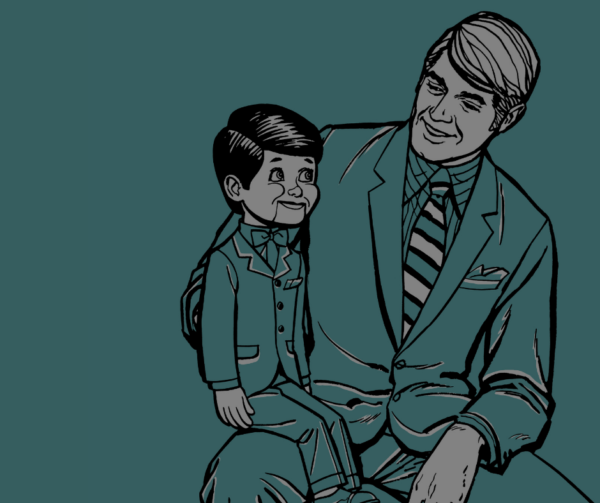Have you ever instructed your witness how to answer a question?
Have you ever told a witness what words to use when an answering a question?
Or conversely, have you ever instructed a witness what not to say in response to questions?
In any of these scenarios, you are woodshedding your client, meaning you are forcing your answers to come out of their mouth. It is also known as horseshedding. You are disregarding their response and replacing it with your own in hopes of turning the testimony in your favor.
Two examples of woodshedding:
- Instructing the client to respond with “I don’t know” when asked unfavorable fact questions. For example, a client involved in a car wreck case may have details about their speed or distance, but the lawyer tells them to say “I don’t know” when asked.
- Feeding answers to your client in response to favorable fact questions. For instance, a client involved in a car wreck may not remember the distance from the car in front of them or where they stopped at the red light, but are instructed to answer along the lines of, “I was stopped and I could see the tires of the car in front of me” or “I was stopped behind the white line.”
How is woodshedding bad?
- It can lead to clients withholding the truth.
- It can lead to skewed results.
- It can cause your client’s testimony to be disregarded by the other side and the jury.
- It disrespects your client’s experience and feelings.
- It can lead to your client losing trust in you as their lawyer, and even worse, your client may begin lying to you.
Three ways you can prevent woodshedding
- Take the time to learn the client’s experience. I’m not just talking about during the first meeting or having a client fill out a questionnaire. When it comes to preparing for deposition, set aside time to ask open-ended questions and listen fully to the answers. Then, thoroughly follow-up to squeeze out all of the vital information, thoughts, feelings, and impressions.
- Embrace your client’s story. Every client narrative is unique, as is every juror who will sit in the jury box to decide the case. You don’t want to eliminate or change pieces of the client experience because you never know which details are exactly the ones jurors will want to hear. Editing your client’s truth can lead to altered results.
- Educate the client about how to use the truth. A common theme I hear from clients is that they have never been deposed and don’t know what to expect. In my early days of being a lawyer, I would immediately launch into a speech about how the defense lawyer will try to discredit you, ruin your case, minimize your damages, and fluster you. This tactic would not only scare the client, but fail to prepare them. Now, I take it backwards. First, I provide an overview, ask the client sample deposition questions, and see how they might answer. Then, I teach them how the responses can play into the defense lawyer discrediting them and minimizing their losses. With this reversal, the client can discover the tricks for themselves and learn how the truth protects.
Using a woodshedding technique lumps clients into a large, generic category, ignores the individual experience, and attempts to craft perfect responses. Nothing is perfect and to expect perfect answers is unrealistic. Opposing counsel knows this and the jury definitely does, too! Woodshedding puts your client at risk to lose their credibility and their case.
Do you have a client deposition where you believe woodshedding is the only way for your client to survive? Or maybe you had a recent deposition with woodshedding gone wrong that you don’t want to repeat? Schedule a Client Testimony Strategy Call with Elizabeth!







